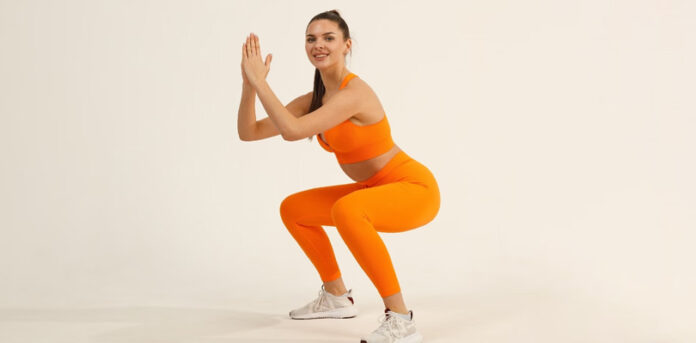Squats are considered the quintessential exercise for nearly every fitness routine. Whether you are a gym enthusiast, an athlete, or someone trying to stay fit, chances are that you have incorporated squats into your workout. Although you may think that you know everything about this basic move, there are intriguing facts and details that often go unnoticed. Let’s delve into the world of squatting and uncover some surprising truths that may change the way you view this fundamental exercise.
Squat Facts
A Full-Body Workout in Disguise
While squats are renowned for targeting the legs and glutes, they are, in fact, a full-body workout. When done correctly, this workout engages your core for stability and balance. They also work your back muscles, especially when you add weights. This makes squats a highly efficient exercise for overall body strength and toning.
The Etymology Of ‘Squat’
The term ‘squat’ may sound informal, but it has its roots in ancient times. It comes from the Old French word ‘esquatir’, which means ‘to crush’. This linguistic link emphasizes the potency and intensity associated with this exercise, highlighting its effectiveness in toning and strengthening muscles.
Squats For Mental Well-being
Exercise, including squats, is not only beneficial for physical health but also for mental well-being. Engaging in regular physical activity, such as squats, triggers the release of endorphins, the body’s natural stress relievers. This natural mood enhancement can help alleviate symptoms of anxiety and depression, making squats not just a workout for the body but also for the mind.
Squats Variations
Apart from the standard bodyweight squat, there is an abundance of squat variations tailored to different fitness levels and goals. From goblet to sumo squats, each variation targets specific muscle groups and adds diversity to your workout routine. Incorporating these variations not only keeps your workouts exciting but also challenges your muscles in new ways, promoting continuous growth and strength development.
Functional Fitness And Squats
Squats are often categorized as a functional exercise because they imitate movements we perform in our daily lives, such as sitting down and standing up. By strengthening the muscles involved in these movements, squatting improves overall mobility and balance, reducing the risk of injuries and enhancing the quality of everyday activities.
Proper Form Is Paramount
While this workout offers overloaded benefits, performing them in incorrect form can lead to injuries. It’s important to maintain proper posture, ensuring your knees don’t extend beyond your toes and your back remains straight. Engaging a fitness professional or trainer can help you master the correct technique, maximizing the effectiveness of your squat while minimizing the risk of injuries.
FAQs
What muscles do squats work?
Squats primarily target the quadriceps and hamstrings in your thighs, as well as the glutes in your buttocks. It also engages your core for stability and balance and works your back muscles, particularly when weights are involved. It is a fantastic full-body exercise because they work multiple muscle groups.
How can I prevent knee pain while doing squats?
To prevent knee pain while squatting, it’s crucial to maintain proper form. Make sure your knees do not extend beyond your toes, keep your back straight, and lower yourself as if you’re sitting back in a chair. Additionally, warming up before exercising and including stretching exercises for your legs can enhance flexibility and decrease the risk of knee discomfort.
Can I do squats if I have back problems?
If you have back problems, it’s important to consult a healthcare professional before beginning any exercise regimen. However, squats can be modified to accommodate various conditions. Bodyweight squatting with proper form might be appropriate, and some people find relief by using stability balls or resistance bands for support.

